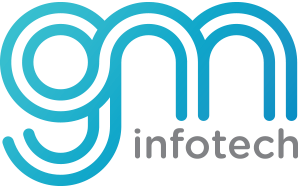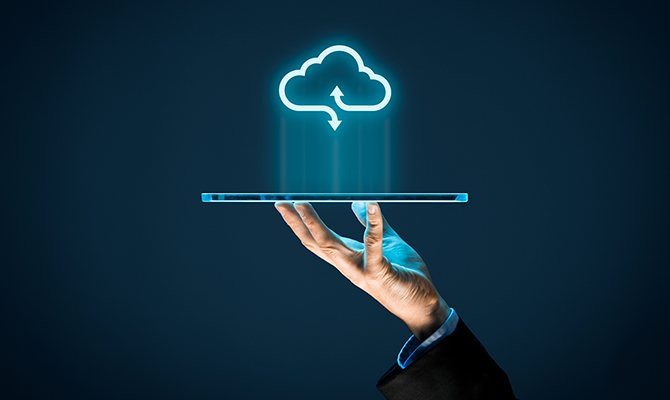What is cloud computing?
Cloud computing is when you access and store your information online – on the internet – rather than locally. Historically, cloud computing technology was used by larger companies and was unavailable to smaller businesses as they could not invest in massive IT infrastructure.
With cloud computing, collaboration between the IT department and other teams becomes easier, customer interaction is more straightforward, and product development becomes less complicated.
How does cloud computing work?
Think of the internet as a virtual place that connects everyone from around the world, this virtual place would be like a cloud – and you would share information on a network. Cloud services are provided by companies like Microsoft Azure, Google Cloud and Amazon Web Services, and all you need to access them is a decent internet connection.
G-suite is cloud based, from the Calendar to Docs, so are other popular apps like Whatsapp, Spotify and Netflix. Every cloud application is hosted by a company that owns massive data centres. This company is then in-charge of maintenance, security, storage and computing required to keep the cloud running smoothly.
There are three principal cloud services;
- IaaS (Infrastructure as a Service): The cloud service provides basic computer infrastructure capabilities like data storage, servers and hardwares, all online. With IaaS you can access large platforms and applications without building large physical infrastructure on site. Notable IaaS providers are Digital Ocean, Google Computer Engine.
- PaaS (Platform as a Service): This is used for web application development and deployment. It helps users build, test, deploy, manage and update applications all in one place, freeing up the need to install in-house software or hardware. Microsoft Azure and Google App Engine are PaaS providers.
- SaaS (Software as a Service): It is the most common service type where a cloud provider hosts a software, making it accessible through an app or browser. It requires no hardware installation or management, but may require a subscription fee. Slack, Dropbox, and Google Docs are SaaS providers.
and three types of cloud infrastructure;
- Public: Services offered by third-party providers over the internet that are available for anyone who wants to purchase them.
- – Private: A dedicated service set up by a service provider or constructed in-house to serve an organization’s specific needs.
- – Hybrid: Integrate public and private cloud services with on-site infrastructure to form a flexible computing environment.
Why should you make the switch?
- No installation
Save time on software installation and access programs that are available through an internet browser. - Lower costs
Reduce operational costs as functioning and maintenance of the cloud are taken care of by the service provider. Upgrading and switching to newer versions may also be covered in the contract and licensing for software is no longer a concern. - Flexibility
No need for additional software or hardware is required to accommodate the increase in data, allowing you to free up resources – both human and financial – for other areas. - Easy collaboration
View and edit the same documents with your coworkers in real time. Having multiple copies of the same file saved across multiple systems is now a thing of the past. - Accessibility
Can access the cloud from anywhere as long as you have an internet connection, either through a mobile, laptop or desktop. Makes remote working and travelling for the job easier, as you no longer have to wait for your coworker to email the latest version of the file. - Reliability
Cloud providers offer an uptime greater than 99% and take robust steps to ensure that they take backups at every step, making data recovery easier. - Scalability
Use only as much as you require. Need to expand? Immediately get more data. Need to downsize? No problem. There’s no need to plan for or maintain reserve resources anymore. - Automatic Updates and Increased Security
Cloud providers manage softwares and update errors immediately, often before a user even discovers anything is wrong. Breaching securities on a cloud platform is also a lot more difficult than breaching localised networks, as their data encryption systems are much more advanced.
Are you ready to make the switch to cloud computing but don’t know where to start? Get in touch with us and we will help you transition seamlessly.

